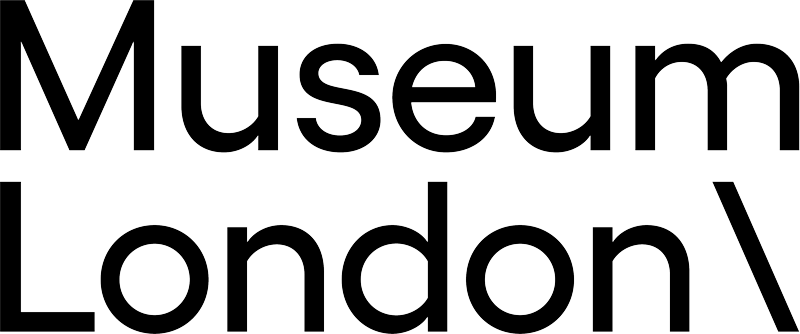Prosthetic Leg and Case, Dr. Bucke
Credit LineGift from St. Joseph's Health Care London, 2008.
Object number2008.005.189
Label TextServing from 1877 until his death in 1902, Dr. Richard Maurice Bucke was the London Asylum’s second medical superintendent. An advocate of Moral Therapy, Bucke’s objective was to “rehumanize” patients by giving them a sense of freedom on the grounds and then through occupational therapy a sense of purpose. Among the numerous changes he made to the Asylum he had the hospital’s window’s window bars removed and the front doors enlarged.
During his tenure Dr. Bucke greatly reduced the use of mechanical and chemical restraints at the asylum. He ordered the canvas strait jackets be cut up, reduced the use of wrist and hand restraints to almost zero and found alternatives to drugs and alcohol for calming patients.
In the twenty-three years that I have been in charge of this institution, I have demonstrated […] that neither chemical restraint, nor seclusion, nor any form of mechanical restraint is necessary in the management of lunatics. (R.M. Bucke “Report to Citizens,” 1898)
Bucke’s Early Years
R.M. Bucke was born in England and immigrated to Canada with his family when he was quite young. His family settled near London, Ontario, and although his father was a curate with no agricultural background, they owned a small farm. He was schooled at home and was primarily self-taught with the study of the books in his father’s library.
His step-mother died when he was just sixteen (his birth mother died nine years earlier) and shortly after Bucke left home for the United States. After his father’s death three years later, he joined a covered wagon train that took him west. Somewhere along the way, Bucke joined with a pair of brothers, Allen and Hosea Grosh, to find a Nevada silver claim to which the brothers had papers.
The journey was a disaster. Hosea struck his foot with an axe while chopping wood and as a result the wound festered and he died. Bucke and the remaining brother decided to carry on, but the weather steadily worsened. Their mule escaped and with it most of their supplies. Winter arrived and in desperation they abandoned their heavy packs to speed their mountain trek – including the papers to the silver claim. Allen Grosh did not survive the journey, dying of exposure. Bucke found his way to a logging camp where he was treated for the major frostbite that resulted in the amputation of one foot and part of the other.
After a lengthy recuperation, Bucke returned to Canada and enrolled in McGill University’s medical program. He completed further training in England before coming back to Southwestern Ontario. He took over his brother’s practice in Sarnia, Ontario, and later married Jessie Gurd (of Mooretown). When the house-calls became too much, he took up the more stationary position at the Hamilton Asylum. A year later he transferred to the London Asylum.
NameLeg, Artificial
CopyrightPhoto Credit: Toni Hafkenscheid
1918 - 1920
c 1950-1970
c 1950-1970









